
Posts

Retrocalcaneal Bursitis
What is Retrocalcaneal Bursitis? Relevant Clinical Anatomy & Pathogenesis The bursae and the bone at the point of Achilles tendon insertion are conceptually so closely...
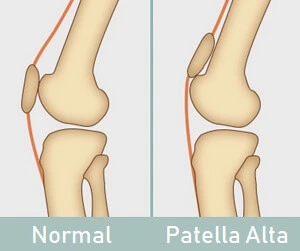
Patella Alta
Introduction Patella Alta, commonly referred to as a high-riding patella, is a condition in which the kneecap (patella) is positioned higher than its normal alignment...
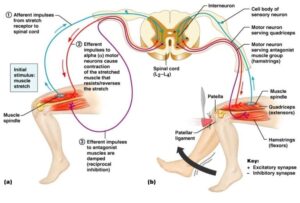
Reflexes: Types and Testing
Introduction A reflex is an uncontrollably stereotyped, involuntary response to a specific sensory stimulus. Every healthy individual possesses a variety of reflexes. Actually, the majority...
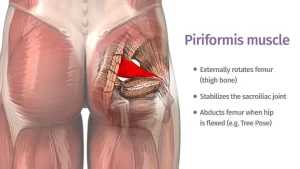
Piriformis Syndrome
What’s piriformis syndrome? In piriformis syndrome, the sciatic nerve presses against the piriformis muscle, resulting in back and buttock pain and numbness. The primary symptoms...
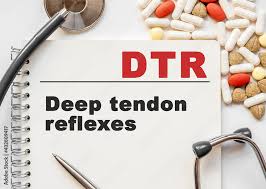
Deep Tendon Reflexes
Definition Deep Tendon Reflexes (DTRs) are involuntary, automatic responses to a stimulus applied to a tendon, typically involving the muscle it is connected to. These...
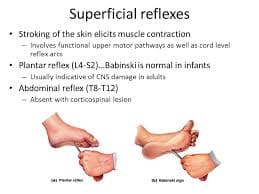
The Complete Guide to Superficial Reflexes
What are Superficial Reflexes? When skin or mucous membrane sensory receptors are stimulated, involuntary muscular contractions known as superficial reflexes are triggered. Because of the...
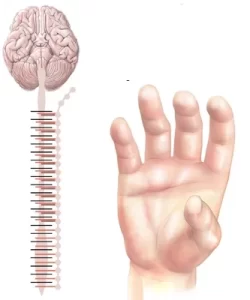
Shoulder Hand Syndrome
What is Shoulder-hand syndrome? Shoulder-Hand Syndrome, also known as Complex Regional Pain Syndrome (CRPS) Type I, is a chronic pain condition that typically affects one...
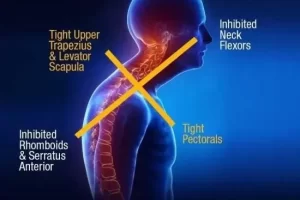
Upper Cross Syndrome
What is an upper cross syndrome? Upper Cross Syndrome (UCS) is a common postural imbalance that occurs when certain muscles in the upper body become...
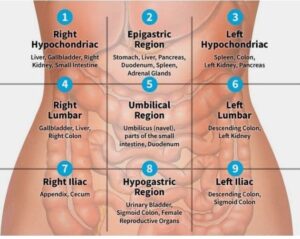
Abdominal Regions
What is an Abdominal Region? The abdominal region is anatomically divided into nine distinct areas, each serving as a reference point for identifying the location...
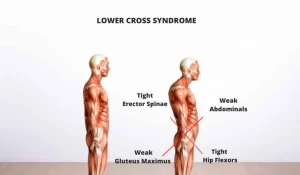
Lower Cross Syndrome
What is a Lower Cross Syndrome? Lower Cross Syndrome (LCS) is a postural imbalance that affects the lower back and pelvic region. It is characterized...
